
Coleophora lutipennella is a moth of the family Coleophoridae. It is found in most of Europe, except the Mediterranean islands.

Coleophora flavipennella is a moth of the family Coleophoridae. It was described by Philogène Auguste Joseph Duponchel in 1843 and is found in Europe.
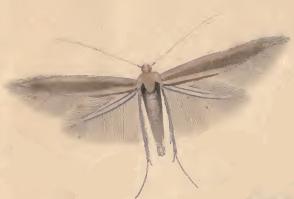
Coleophora lusciniaepennella is a moth of the family Coleophoridae. It is found in most of Europe, except the Iberian Peninsula, the Mediterranean islands and most of the Balkan Peninsula and Russia. It occurs in forest-steppe biotopes.

Prays fraxinella, also known as the ash bud moth, is a moth of the family Plutellidae found in Europe. The larvae are leaf miners, feeding on the leaves and buds of ash trees.
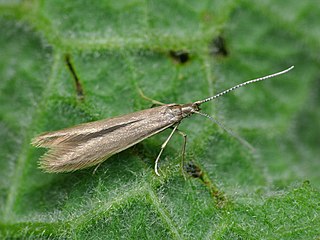
Coleophora caespititiella is a moth of the family Coleophoridae. This species is found throughout the United Kingdom and most of Europe. It is also known from North America. The Coleophoridae group are often collectively known as the case moths or case-bearers.

Parornix anglicella is a moth of the family Gracillariidae found in Asia and Europe. It was described in 1850, by the English entomologist Henry Tibbats Stainton, from a specimen from Lewisham, Kent.
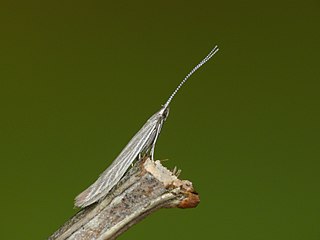
Coleophora otidipennella is a moth of the family Coleophoridae found in Asia and Europe.
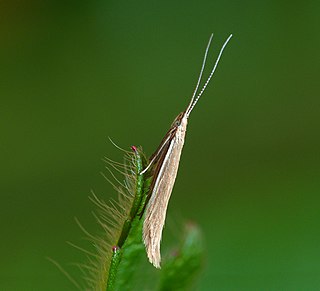
Coleophora glaucicolella is a moth of the family Coleophoridae, found in Asia, Europe and North America. It occurs in forest-steppe biotopes, wet meadows and meadow-steppe.
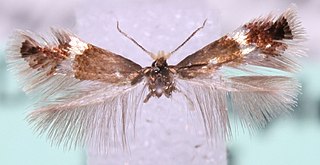
Stigmella hemargyrella is a moth of the family Nepticulidae. It is found in most of Europe, except Iceland, Norway, Finland, Portugal and most of the Baltic region.
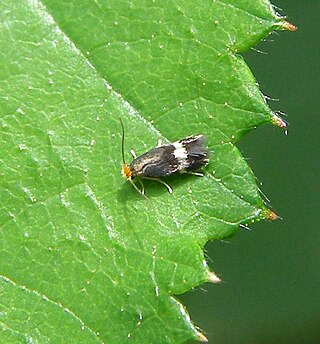
Stigmella aurella is a moth of the family Nepticulidae found in Africa, Asia and Europe. It was first described by the Danish zoologist, Johan Christian Fabricius in 1775. The larvae are leaf miners.

Ectoedemia arcuatella is a moth of the family Nepticulidae. It is found in most of Europe, except the Iberian Peninsula, east to and the Volga and Ural regions of Russia.

The testaceous white-back is a moth of the family Coleophoridae. It is found in most of western Europe.
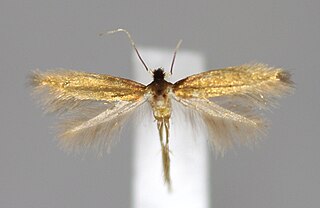
Bucculatrix nigricomella is a species of moth of the family Bucculatricidae. It was first described in 1839 by Philipp Christoph Zeller. It is found in most of Europe.
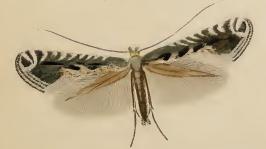
Parornix torquillella is a moth of the family Gracillariidae found in Europe. The larvae mine the leaves of Prunus species, such as blackthorn. It was described by the German entomologist Philipp Christoph Zeller in 1850, from specimens found in Florence, Leghorn and Pisa.

Coleophora siccifolia is a moth of the family Coleophoridae. It is found in most of Europe.
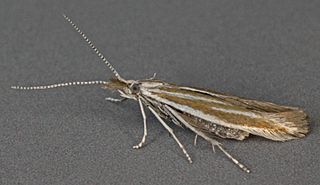
Coleophora pyrrhulipennella is a moth of the family Coleophoridae found in Europe. It was first described by Philipp Christoph Zeller in 1839.
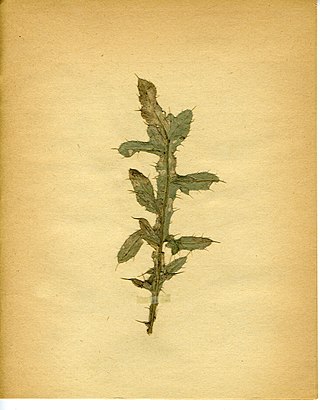
Coleophora therinella is a moth of the family Coleophoridae found in Europe and the East Palearctic.

Coleophora argentula is a moth of the family Coleophoridae, found in most of Europe, Russia and Asia Minor. The larvae live in cases and feed on the seeds of yarrow and sneezewort.

Coleophora sylvaticella is a moth of the family Coleophoridae found in Europe.
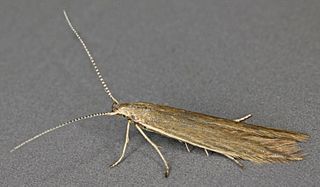
Coleophora alticolella is a moth of the family Coleophoridae, found in Europe and North America.



















